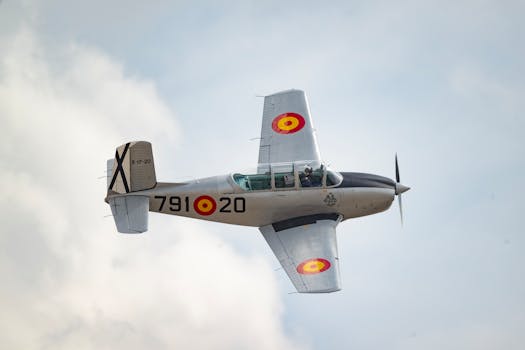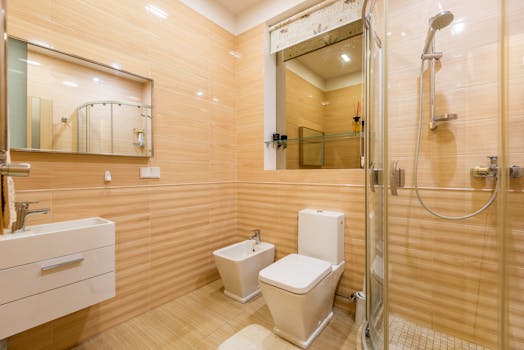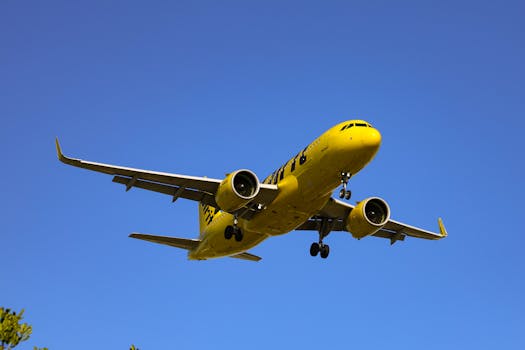
The Future of Luxury Jet Airplanes: Innovations and Trends Shaping Private Aviation
Takeaways:
- Luxury jets are incorporating sustainable technologies to reduce carbon footprints.
- Passenger experience is being enhanced through advanced cabin designs and smart technology.
- The rise of urban air mobility is changing the landscape of private travel.
The luxury jet industry is on the brink of a transformation driven by advanced technology, sustainability, and changing consumer preferences. This article delves into the latest news and trends in luxury jet airplanes, highlighting how these innovations are changing the way we think about private aviation.
Technological Innovations in Luxury Jets

One of the most exciting developments in luxury aviation is the introduction of electric and hybrid aircraft. Companies like Ampaire and Pipistrel are leading the charge in developing eco-friendly jets that significantly reduce emissions. This shift towards sustainable aviation is not just a trend; it reflects a growing commitment to environmental stewardship among luxury travelers.
Furthermore, advancements in materials technology are allowing for lighter and stronger aircraft, improving fuel efficiency. The use of composite materials and advanced aerodynamics leads to jets that consume less fuel while delivering superior performance. For example, the latest models from Bombardier and Gulfstream are showcasing these innovations, promising better fuel economy and lower operational costs.
Enhanced Passenger Experiences

Smart technology is also playing a pivotal role in shaping the passenger experience aboard luxury jets. From integrated entertainment systems to high-speed Wi-Fi, passengers can now enjoy a seamless experience similar to that of a five-star hotel. Companies are even introducing virtual reality and augmented reality features, allowing passengers to immerse themselves in entertainment or work environments.
Moreover, the focus on wellness is becoming more pronounced. Jet manufacturers are incorporating features designed to enhance passenger health and well-being, such as improved cabin air quality, customizable lighting, and noise-reduction technologies. These innovations aim to mitigate the effects of jet lag and ensure that travelers arrive at their destinations feeling refreshed.
The Rise of Urban Air Mobility

This new mode of transportation is expected to significantly reduce travel times, making it easier for business leaders and luxury travelers to navigate congested cities. The integration of eVTOLs into existing air traffic systems will pave the way for a new era of convenience in private aviation.
Moreover, the rise of UAM is closely tied to the increasing demand for on-demand travel solutions. Luxury travelers are seeking more flexibility and control over their travel itineraries, and UAM provides a viable answer to this need. As infrastructure develops to support these aircraft, we can expect to see a shift in how people think about distance and travel time.
Sustainability as a Key Focus

In addition, luxury jet operators are adopting carbon offset programs, allowing travelers to contribute to environmental initiatives. This commitment to sustainability not only appeals to eco-conscious travelers but also aligns with broader corporate responsibility goals across the industry.
As we look to the future of luxury aviation, it is clear that the combination of technological innovations, enhanced passenger experiences, urban air mobility, and a focus on sustainability will redefine what luxury jet travel means. The luxury aviation landscape is evolving rapidly, and staying informed about these trends will be crucial for anyone interested in the future of private flying.






